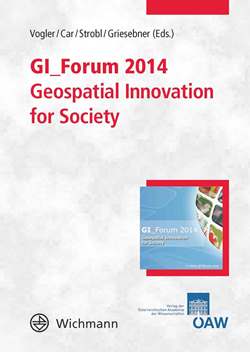
GI_Forum 2014, Volume 2, pp. 90-87, 2014/06/18
Geospatial Innovation for Society – Conference Proceedings

The quantification of landscape patterns and the changes caused by suburbanisation processes is essential to the understanding of the causes and consequences of the humaninduced spatial patterns. By using spatial gradients along main roads near cities, we attempted to quantify the influence of roads on the suburbanisation process and settlement structure in Estonia. Results showed that the urbanisation-related fragmentation of landscapes decreases with distance from the road. Distance from the city causes less difference in fragmentation than distance from the road. Spatial gradients effectively detected the urbanisation-related landscape pattern changes in space and time.